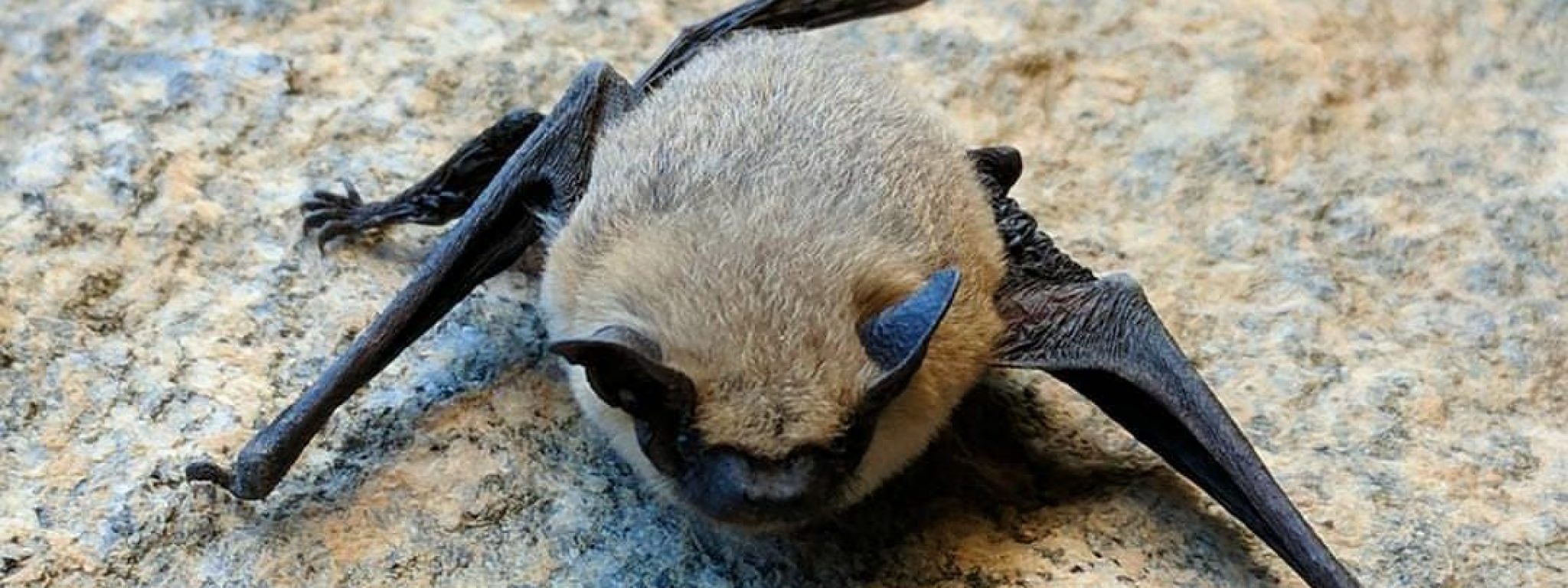
Bats - Misconceptions
People have unfortunate misconceptions about bats. Most of these misconceptions have arisen because of Hollywood’s portrayal of bats, the diseases that can be associated with bats, and the odd dietary choices of bats. We at CBC would like to change people’s beliefs about bats.
Image in television and the movies
The bat has been unfairly demonized in the media. Their nocturnal habitats, odd facial structures, and interesting feeding habits make them an easy target for horror-film inspiration. Not being able to see well and navigate well, we are prone to be uncomfortable with bats that thrive in nighttime conditions. Yet, most people that get to interact with bats and see bat flight are mezmorized and impressed by their abilities to navigate and hunt. Bats can have very odd facial folds and structures that do not make them appear particularly cuddly. However, even these “ugly” bats do us great service by hunting insects and other pests. Most bats eat insects, but there are a select few that ingest blood. The vampire bats of Central and South Amercia make small incisions in the skin of livestock and wildlife, then lap the blood that flows from the wounds. From these bats we get the chemical Draculin, which is an anticoagulant (glycoprotein that prevents blood clotting) that is being used in stroke victims.
Most bats don’t have rabies
Let’s start with some facts: 1. Rabies is a deadly disease; 2. Bats can carry rabies; and 3. Most human rabies infections come from handling bats. That sounds like damning evidence against bats, but let me explain why it isn’t. There are fewer cases of rabies in bats than there are for raccoons and foxes. Only 6% of the bats submitted for testing have rabies. Interestingly, there is an inherent reporting bias for rabies in bats. Because only those bats acting abnormally (weak, sick, able to be captured by humans or cats) are ever reported for testing there is a higher probability that these weakened bats have rabies compared to the healthy bats that don’t allow themselves to be captured. Typically, there are only 1 or 2 human infections annually. The reason most human rabies infections come from bats is because people approach and handle injured bats. The best thing to do is never approach an injured or sick bat. If bitten by a bat, wash the wound thoroughly with soap and water and seek medical attention.
To learn more, visit the Center for Disease Control’s Rabies website or read A. Belotto et al.’s “Overview of Rabies in the Americas” in Virus Research (volume 111, pages 5-12).
Bats don’t want to fly into your hair
A common rumor is that bats fly into people’s hair. This has arisen because bats are hunting insects that might be attracted to you. We’ve all swatted mosquitos away from us, so it isn’t startling that we are attractive to some flying insects. For this reason, bats will sometimes hunt near people, and every once in a while a bat miscalculates a turn and makes contact with someone. If that happens to someone with a lot of hair, then they can get a bat in their hair, but not because the bat wants to be there.
